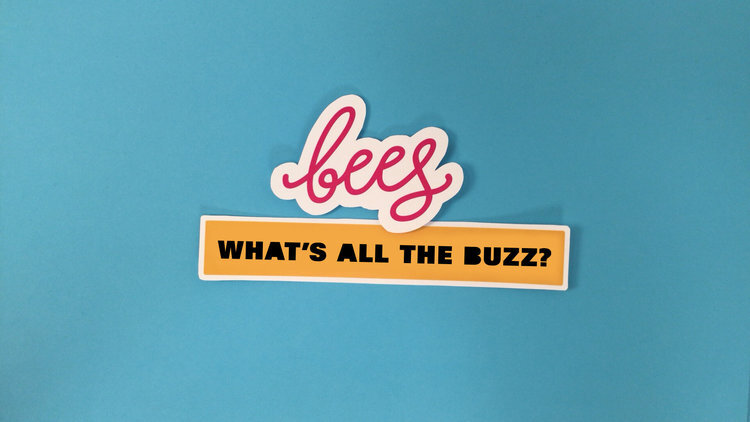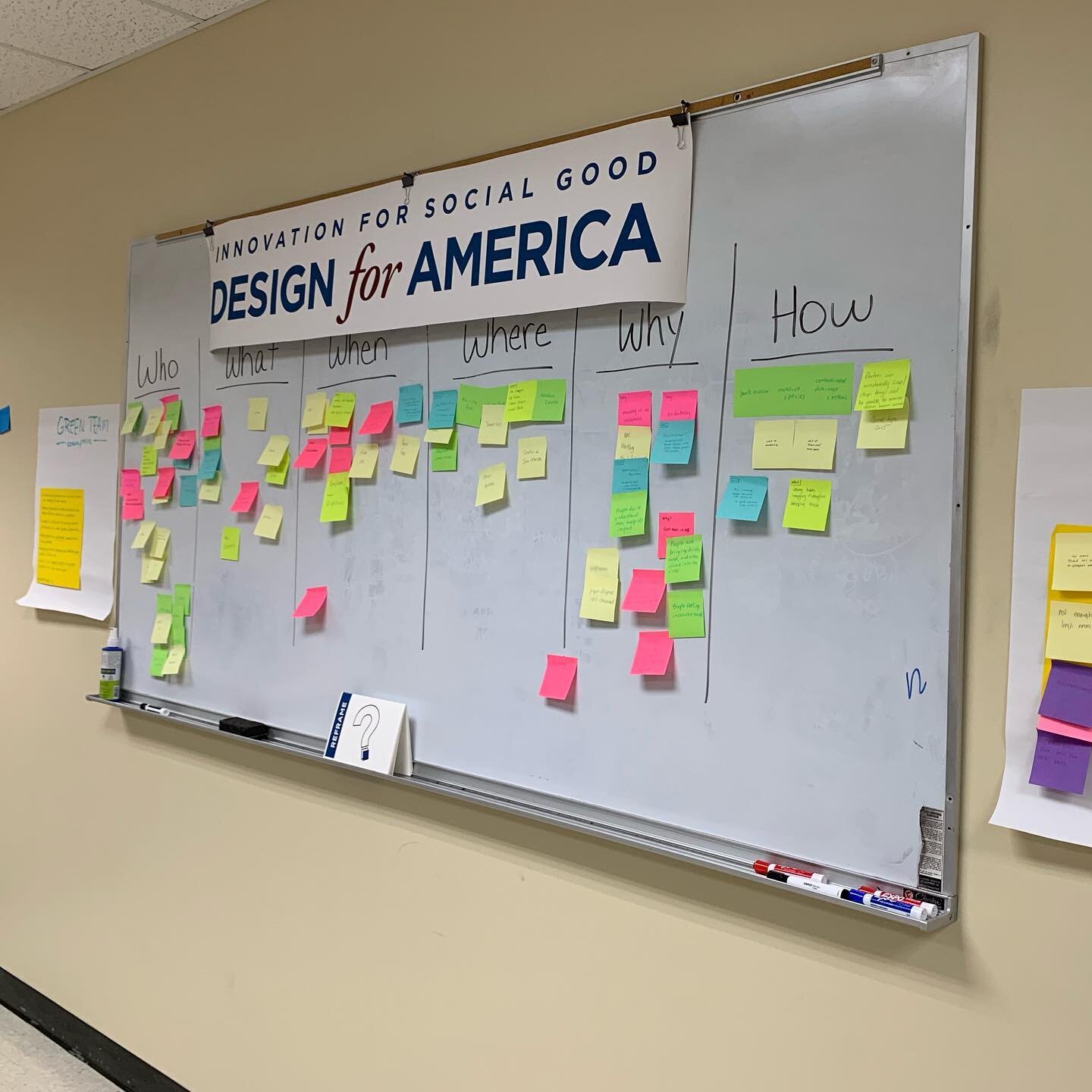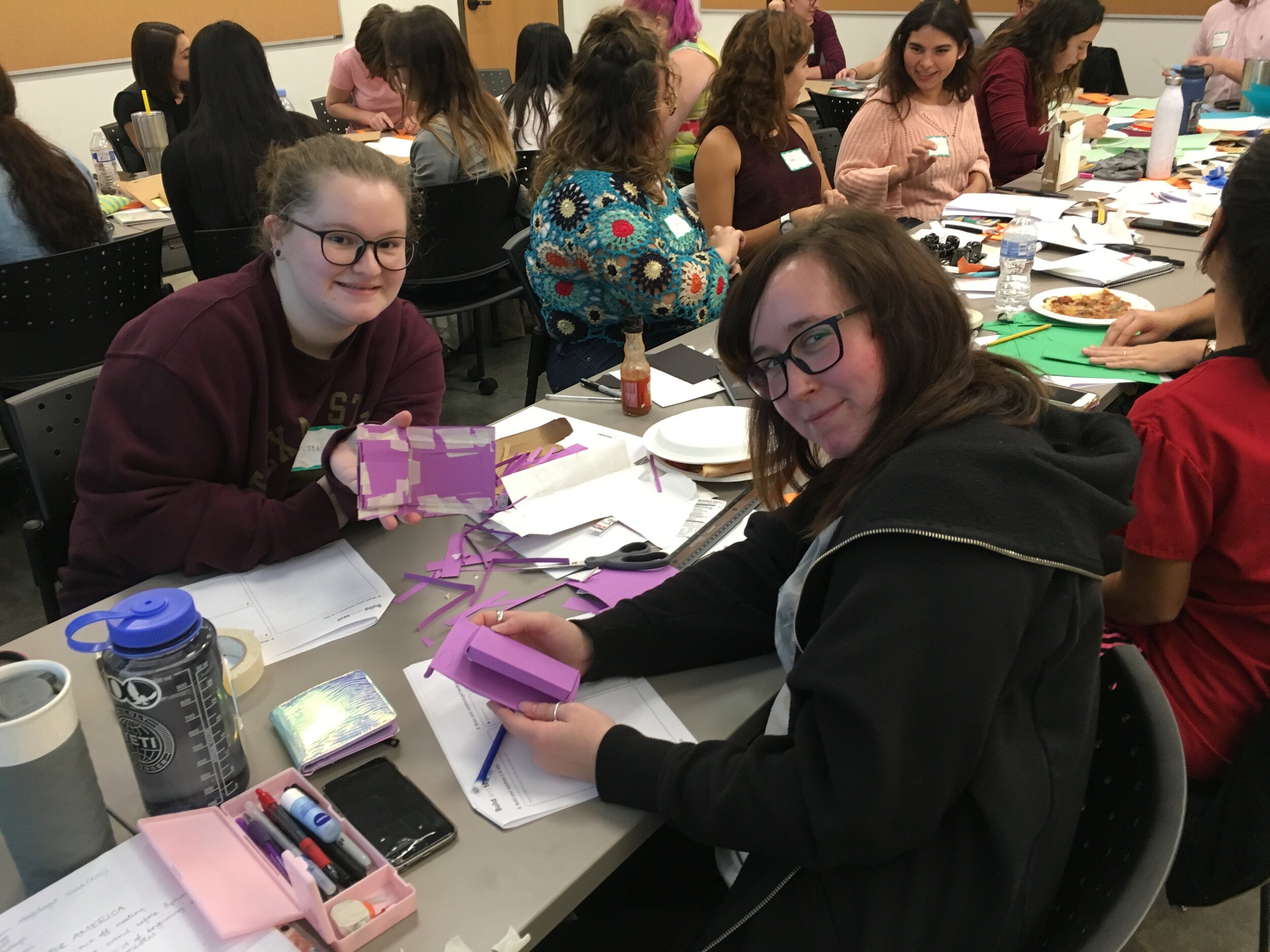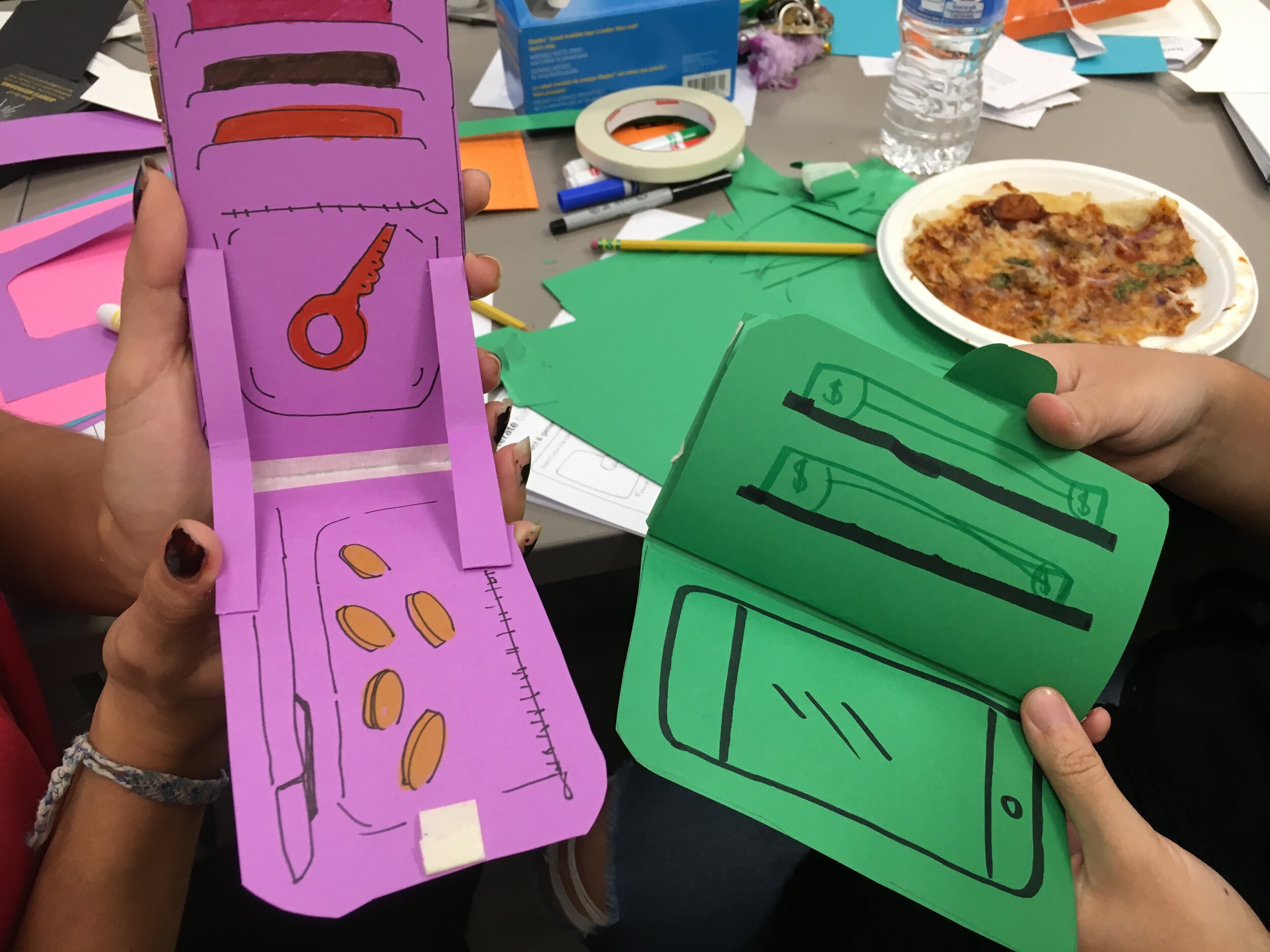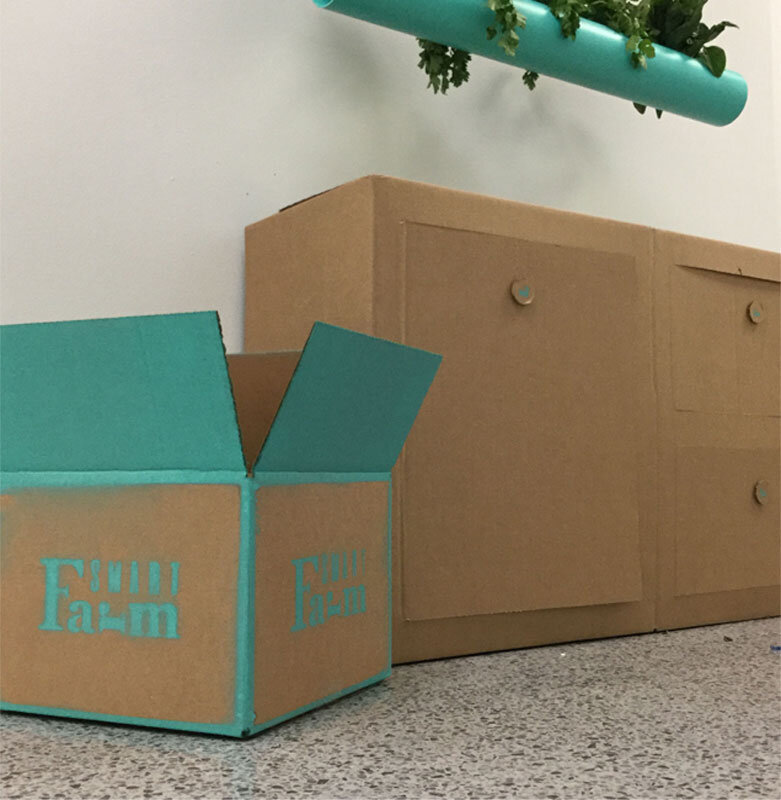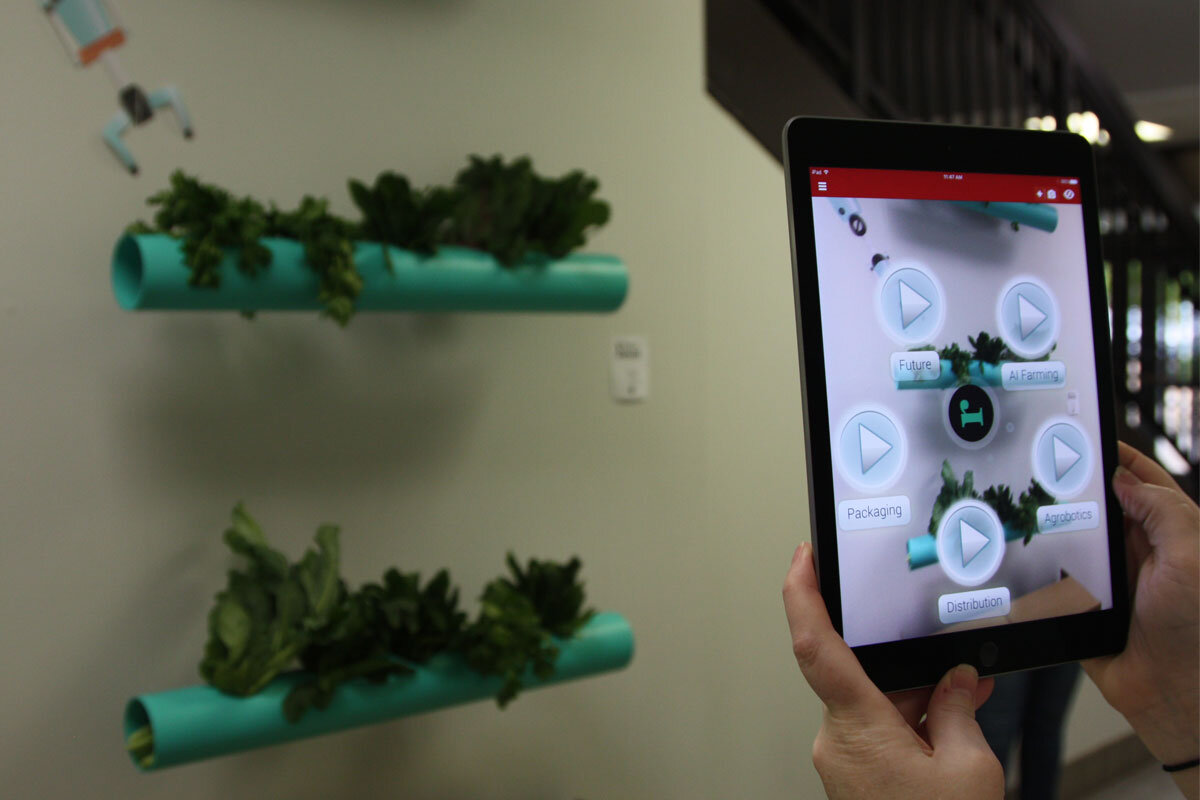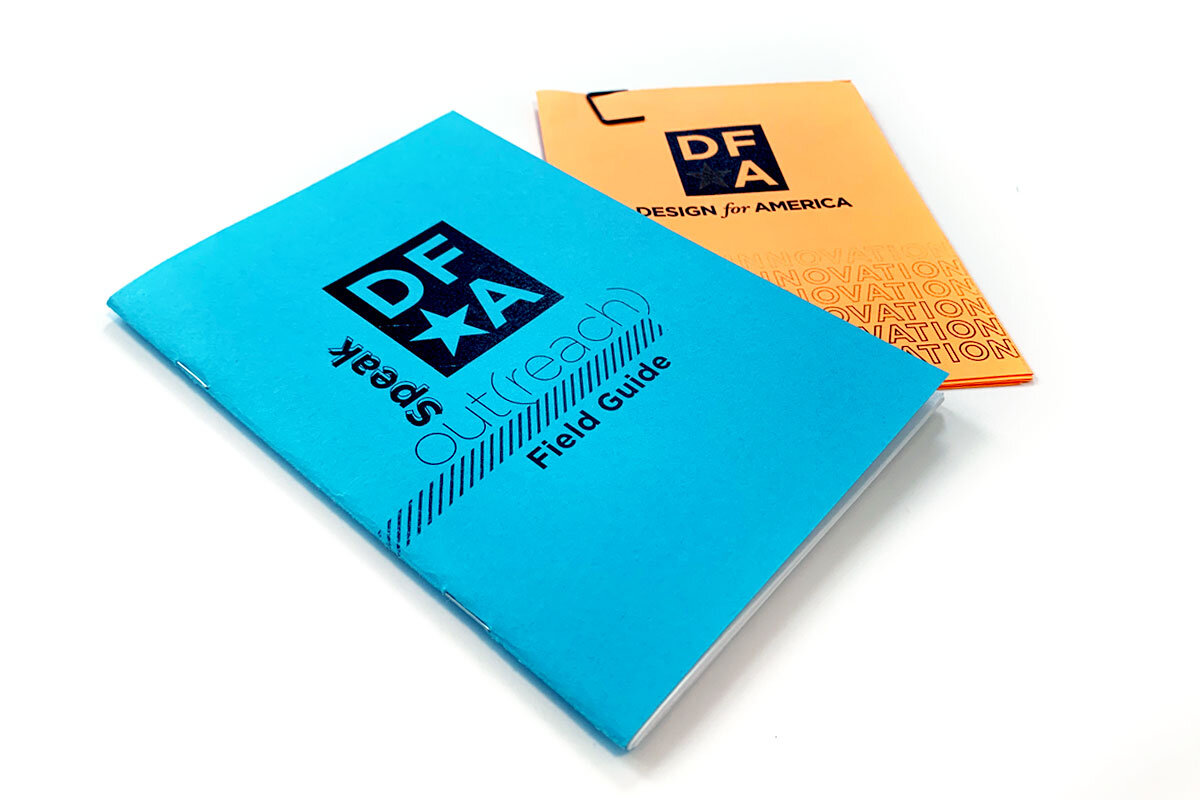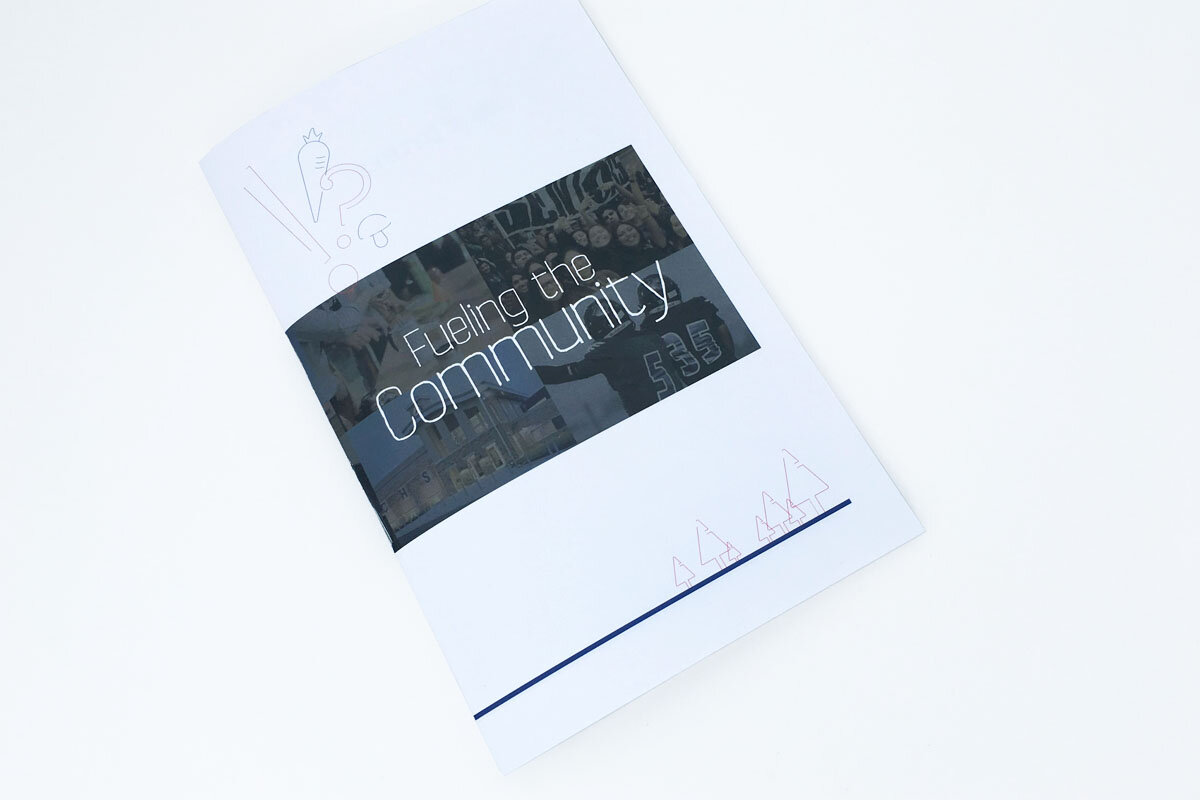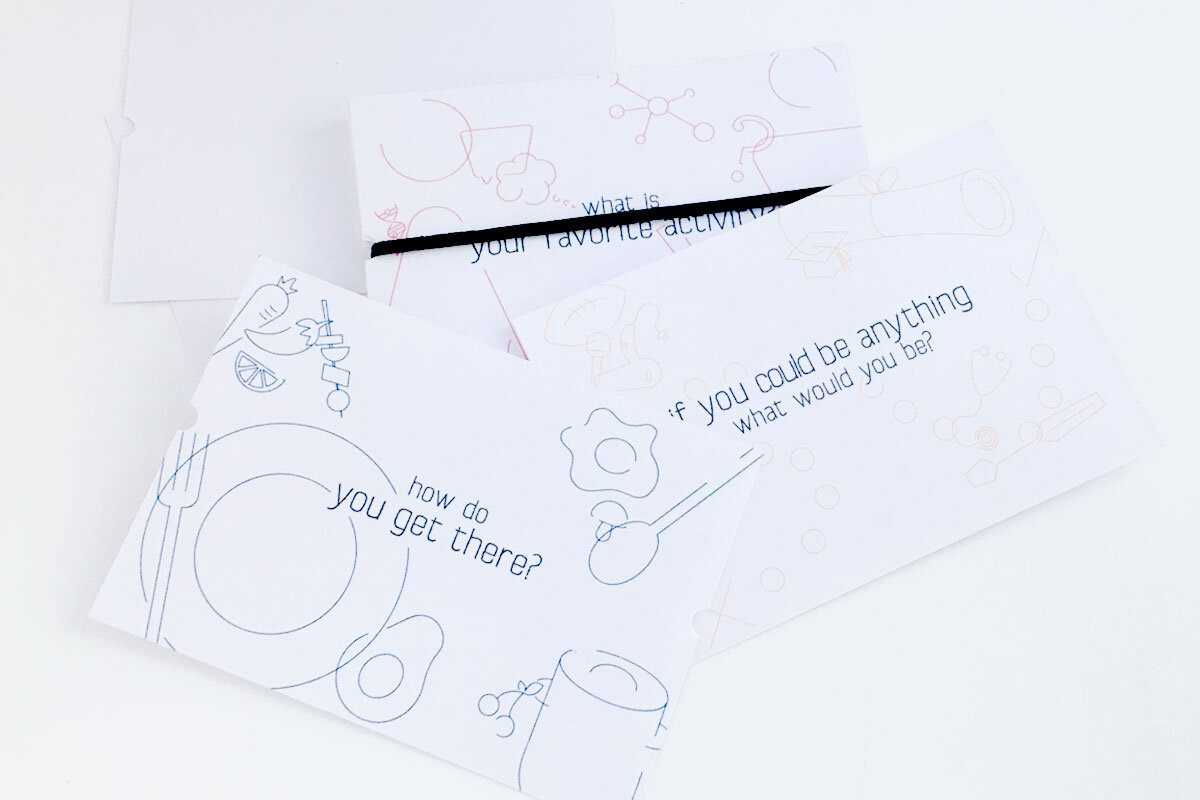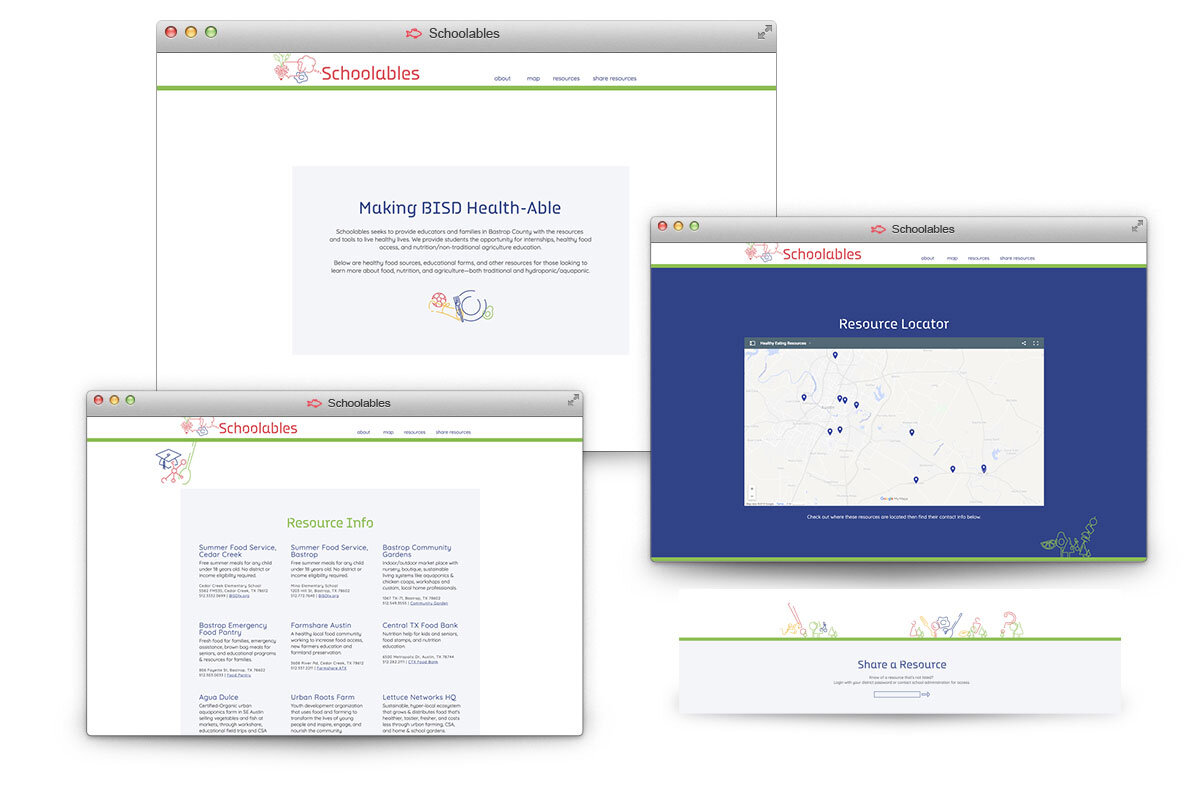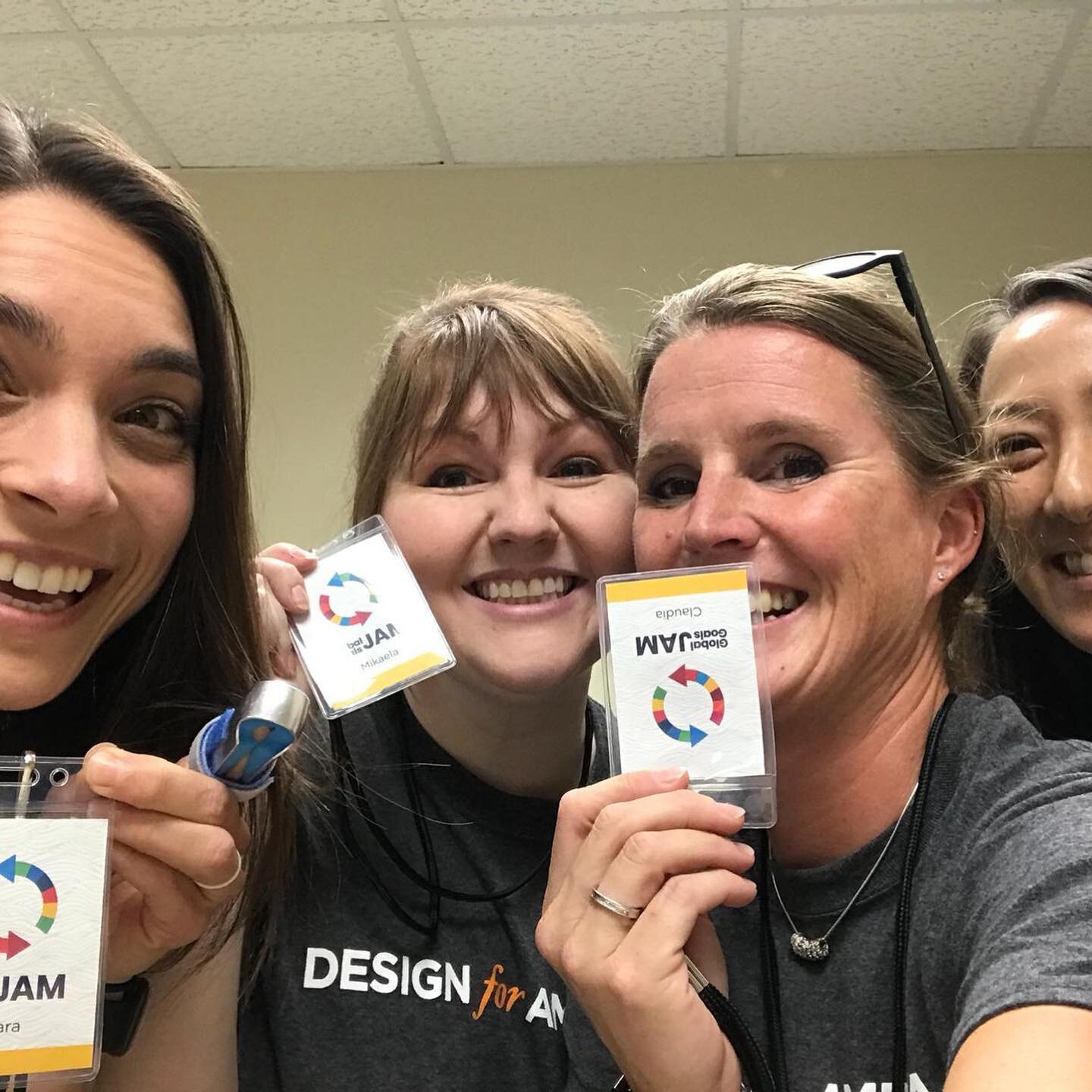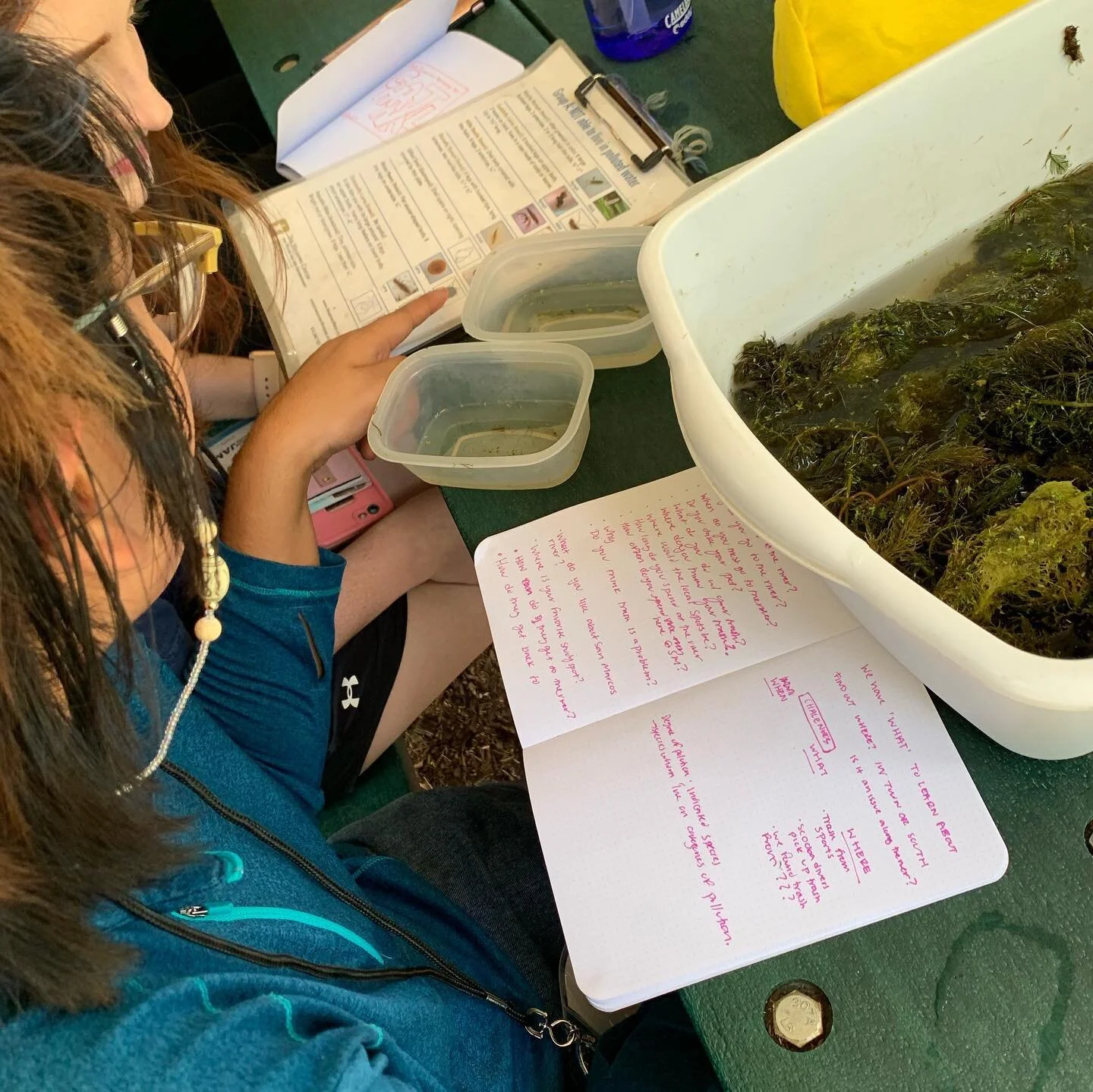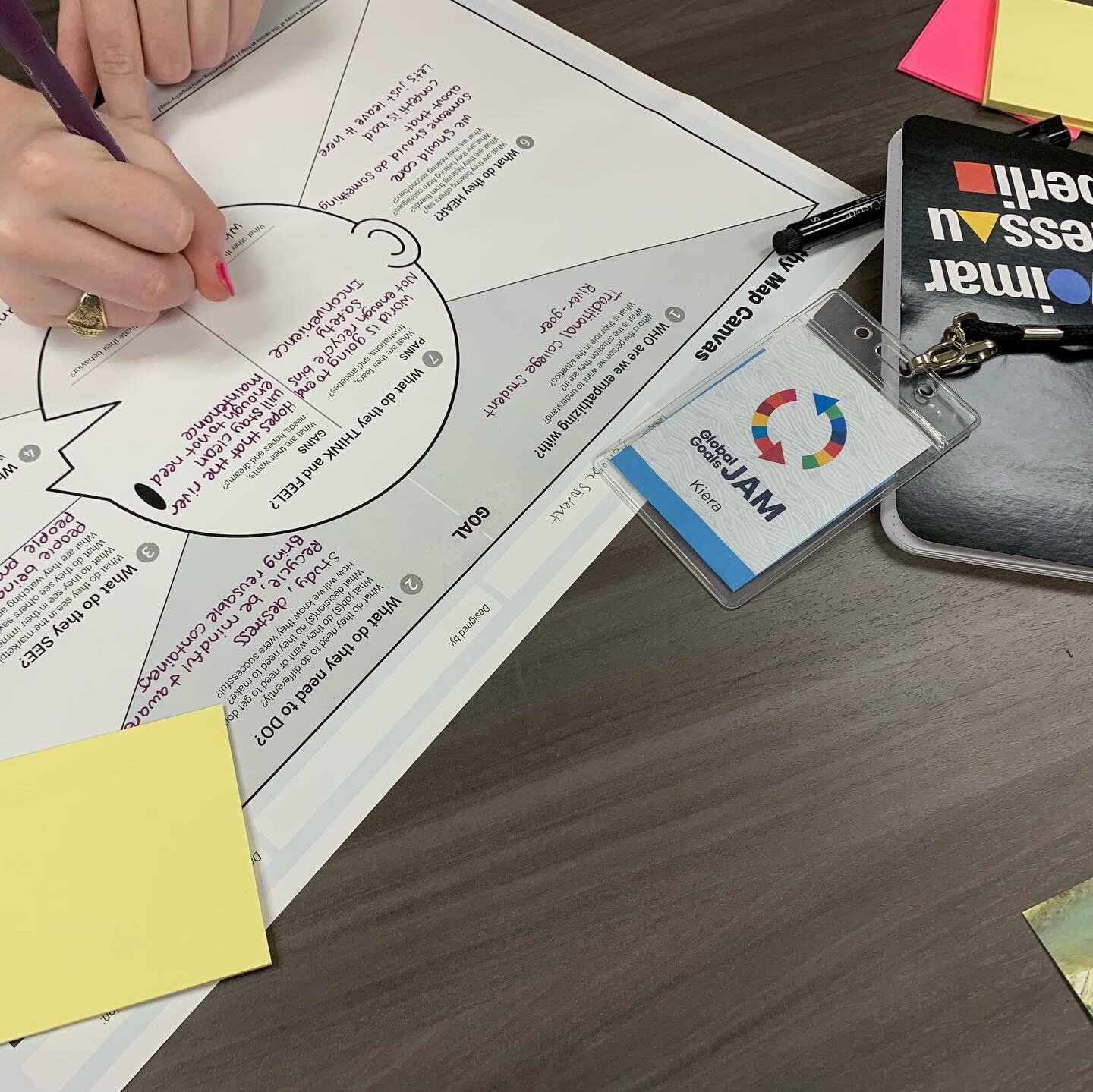Design philosophy
Midway through my graduate program, the question was posed, “What is your title on your future business card?”. I found I was hard-pressed to return a succinct answer. At first glance, my practice themes seem oddly disparate. Several of my pursuits revolved around agriculture and food access, others around sustainable design, and others—including my graduate thesis—explored gender and race inequities at the core of American society. This diversity was not planned; I had simply pursued projects I found important and interesting.
Yet, this question stuck with me—what do I hope to accomplish through my efforts as a designer? With further reflection, I began to see threads through both my personal life and career that have uniquely intertwined these seemingly unrelated topics.
In Kindergarten a teacher recognized, through all my exuberant energy, what she awarded as “Compassionate Spirit.” Looking through my life and career, I see now where my love of people and the challenges they face have become the root of my practice as a communication designer. Design is often utilized to appeal to a target market and move products but I have noticed how little thought is often given to the impact beyond sales. I now approach each project with the following in mind: how it affects the people who directly interact with it, the people who indirectly interact with it, and how it affects the environment during and after use. I believe in doing so we not only deepen our understanding of the people and places around us but create opportunities for marginalized people and places, as well as open lines of communication across viewpoints.
The fusion of hand skills, digital tools, and social skills utilized in my practice creates visually rich and more approachable designs and is achieved by listening to a client or partner. Not just hearing what they say they want, but deeply understanding the root of their need, allows for a relationship that produces beautifully crafted designs that communicate with clarity regardless of whether the outcome is editorial, print, web-based, service-oriented, package or product.
My creative and scholarly focus aims to do just that. Hear and understand the client, partner, or community that I work with, both directly and indirectly, and create designs, services, and frameworks that serve not only the immediate need of the project but create continual support for overlooked and non-dominant groups. Overall, I hope to stir a larger conversation about the social responsibility of design and how each of us can contribute, through our own unique skillsets, to a more equitable future for all.
Now when asked about my role as a designer I can confidently say:




